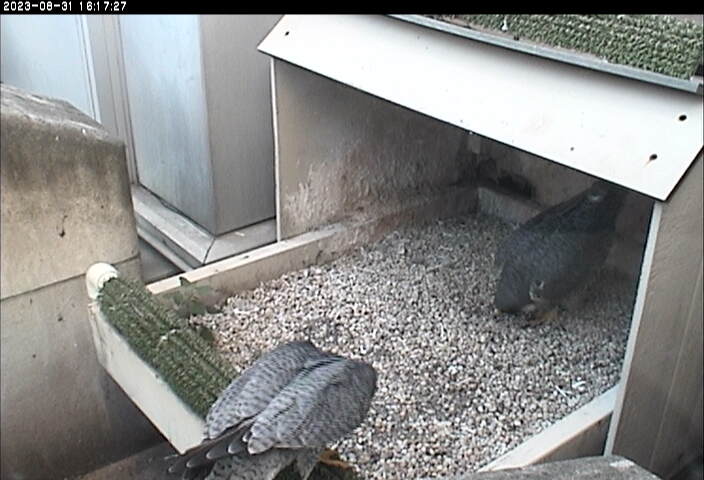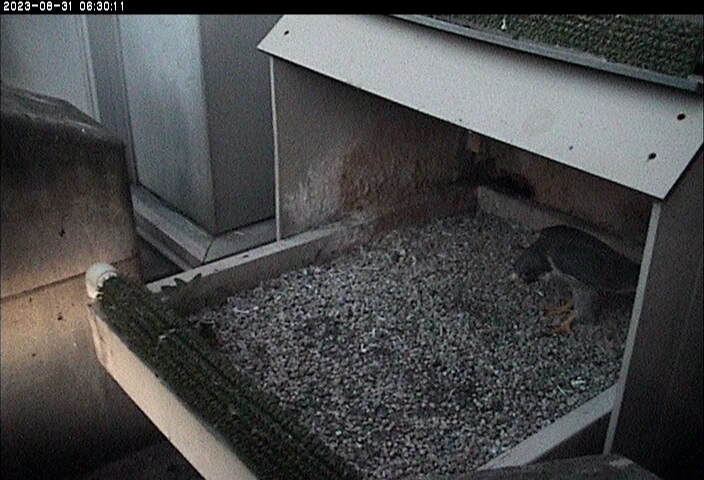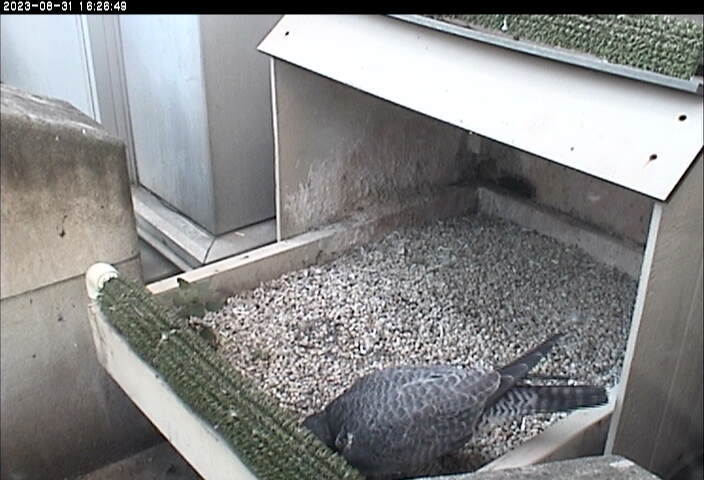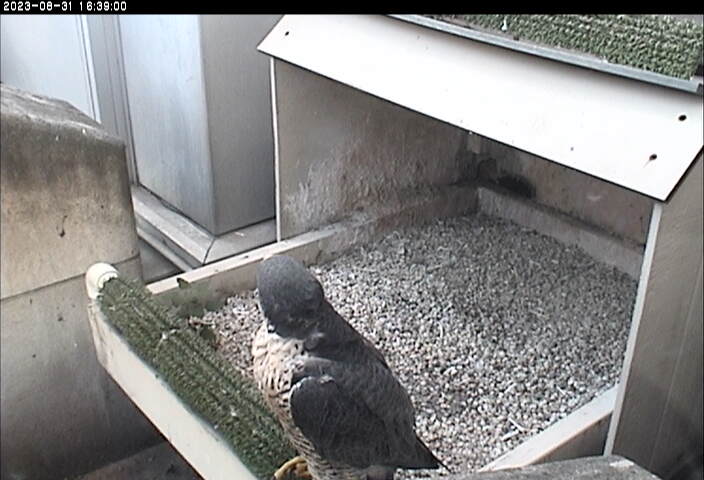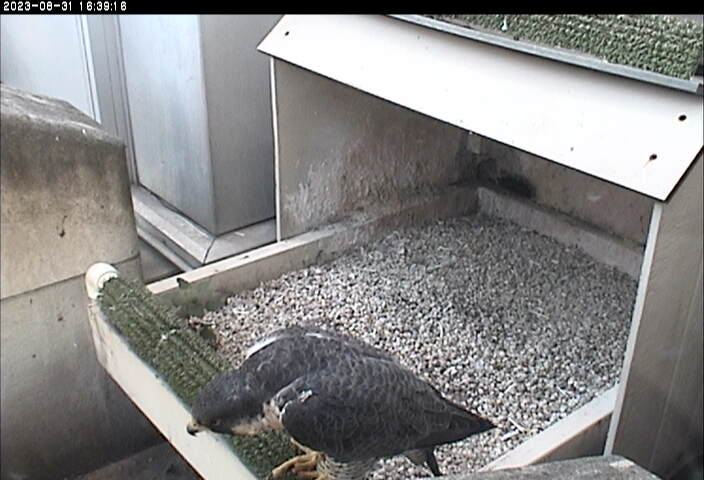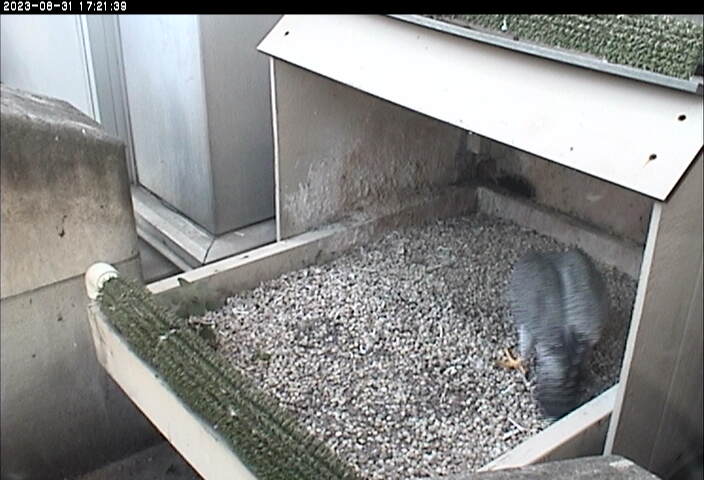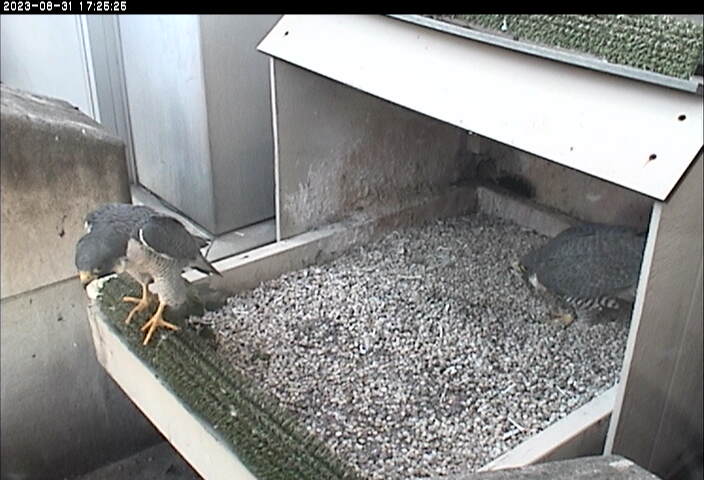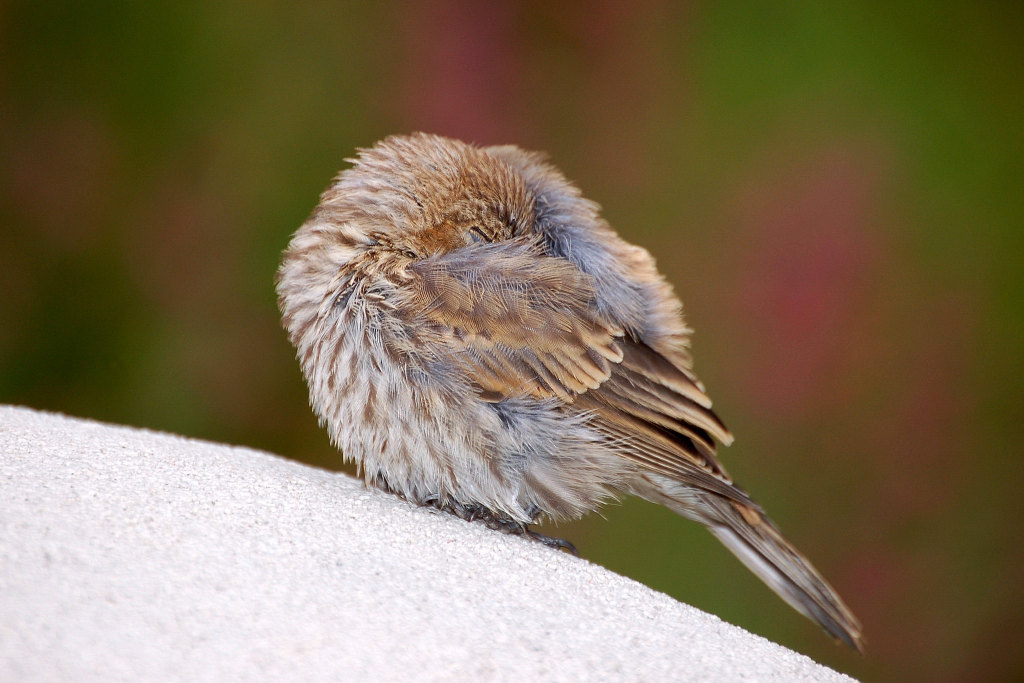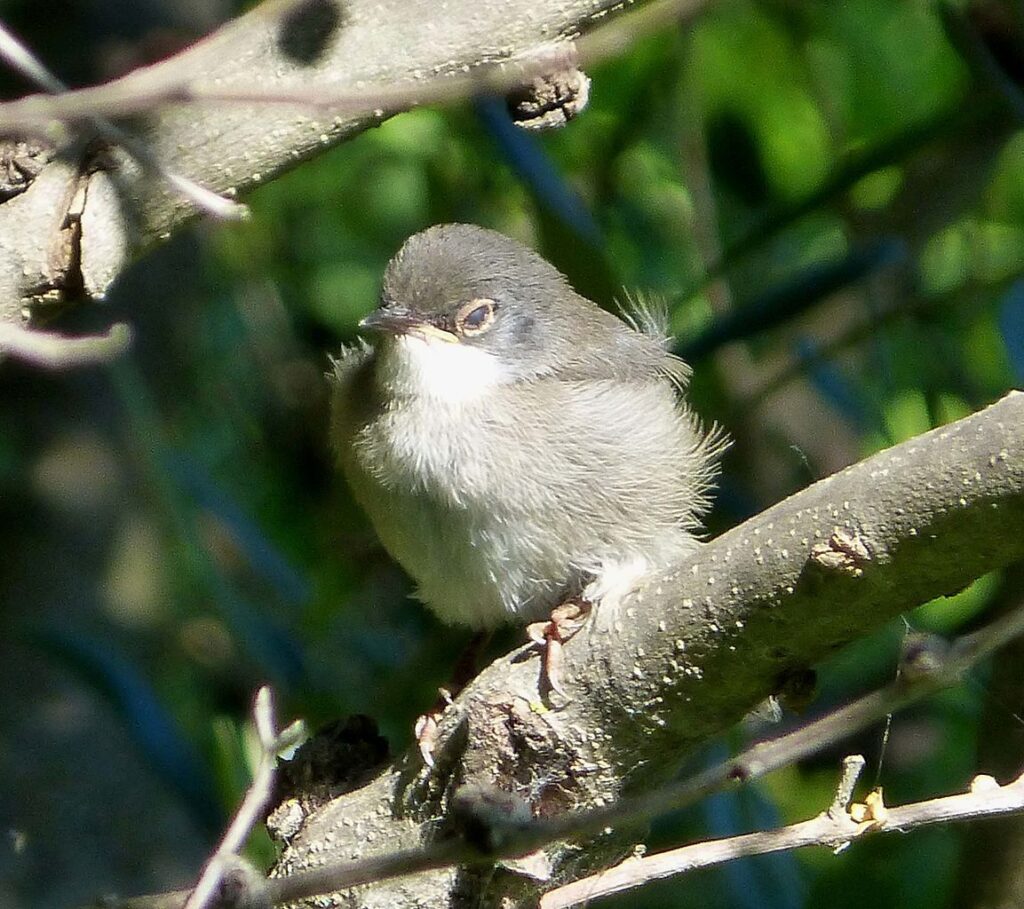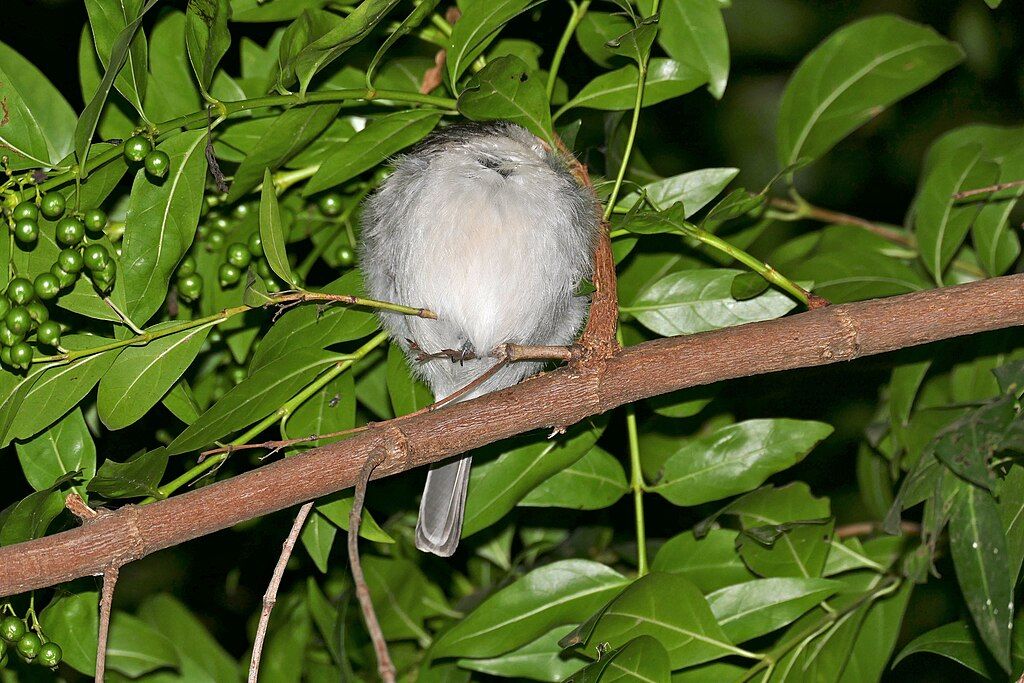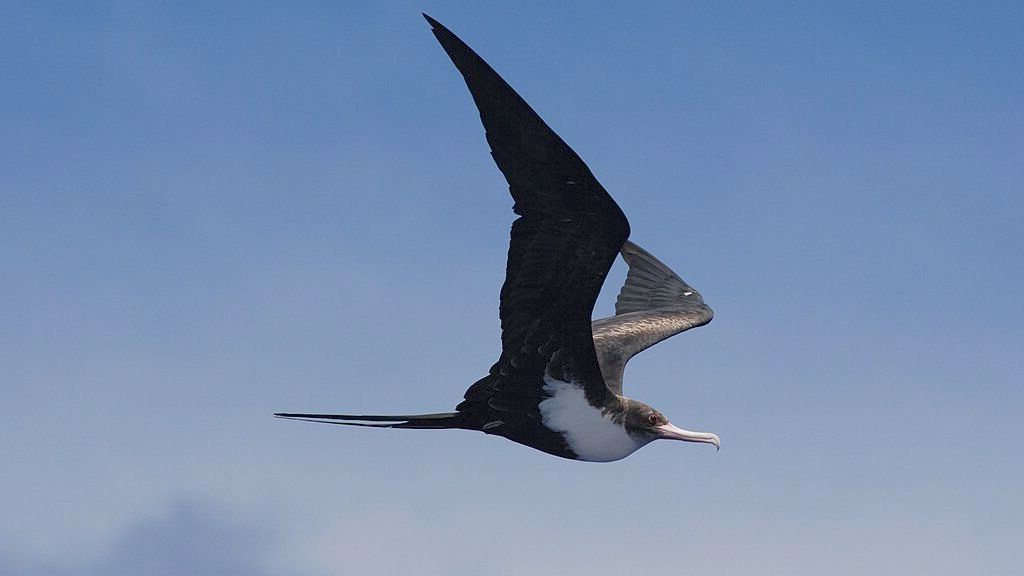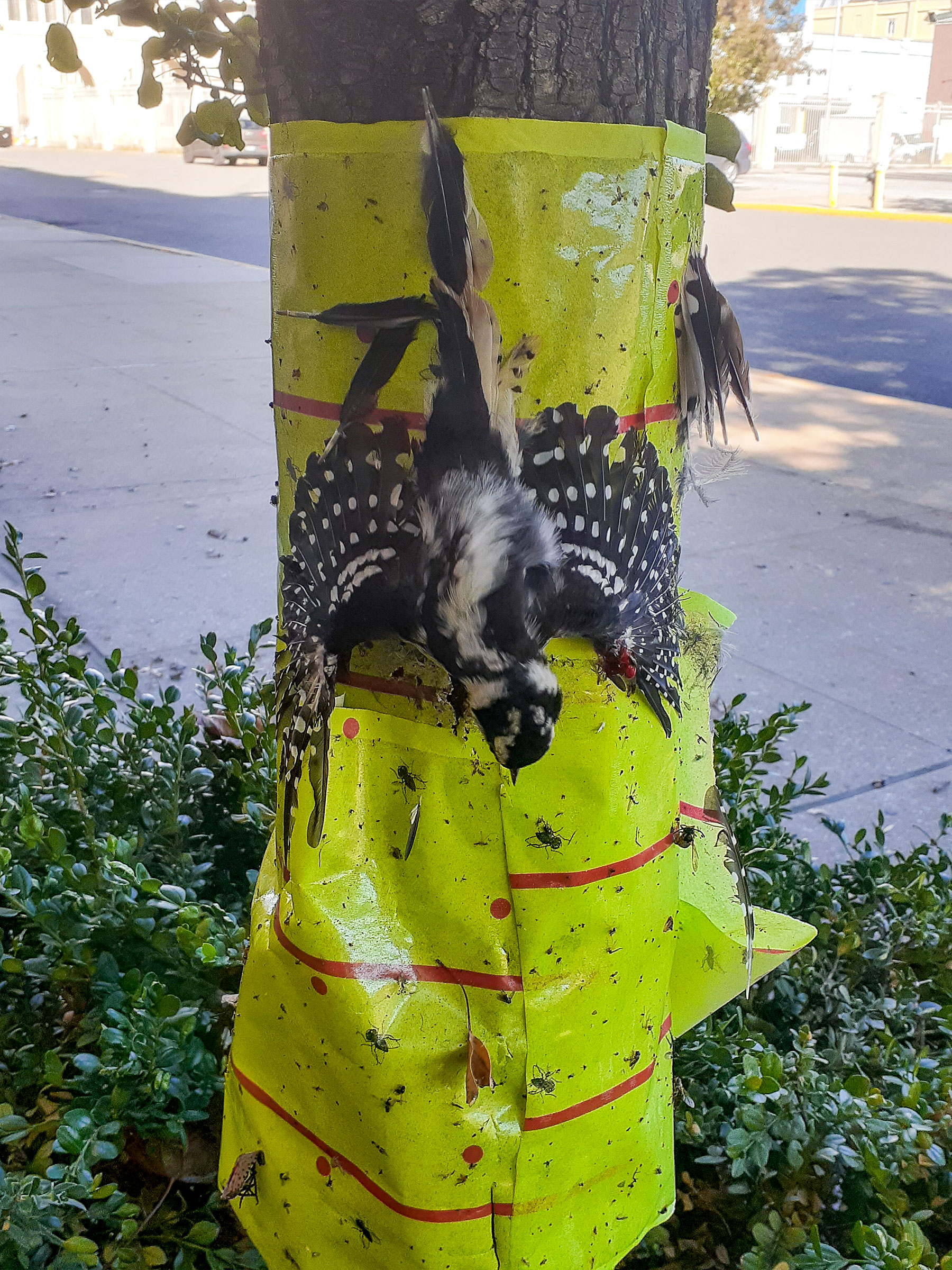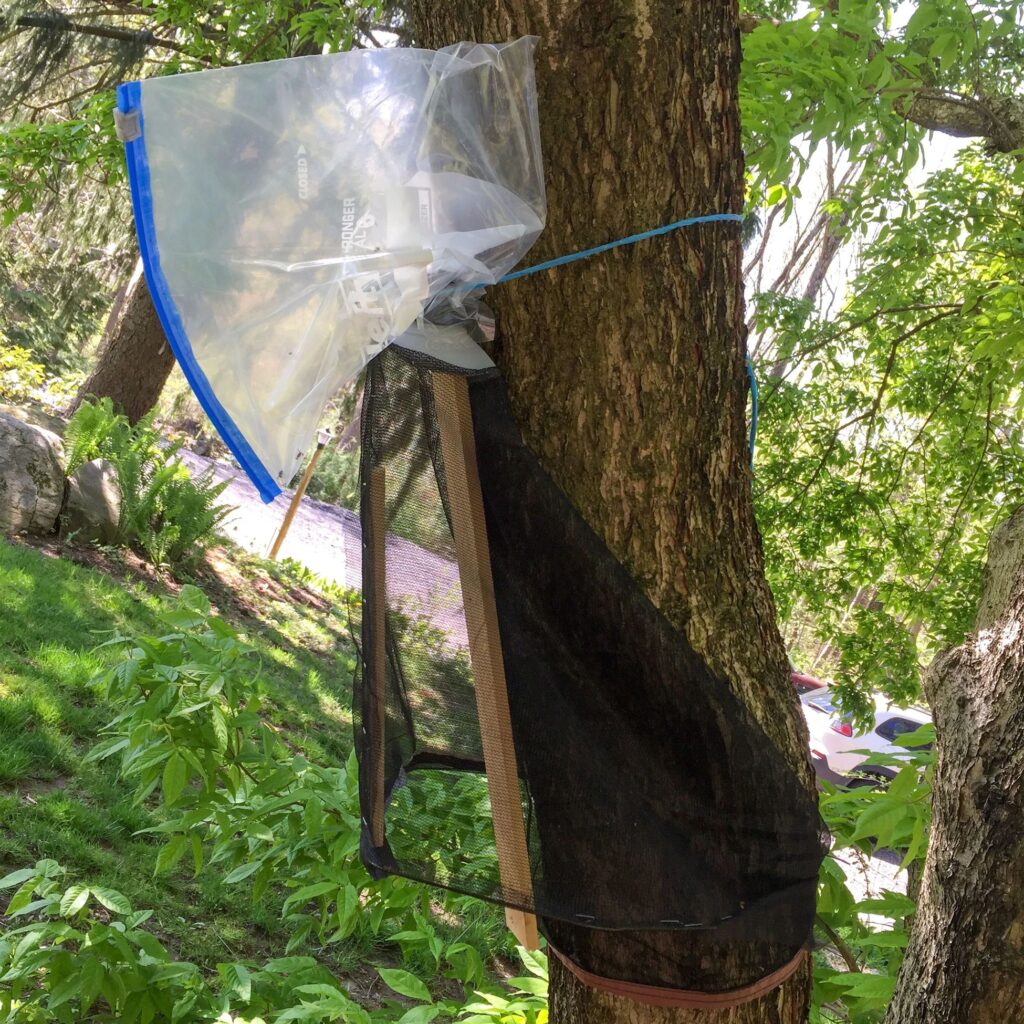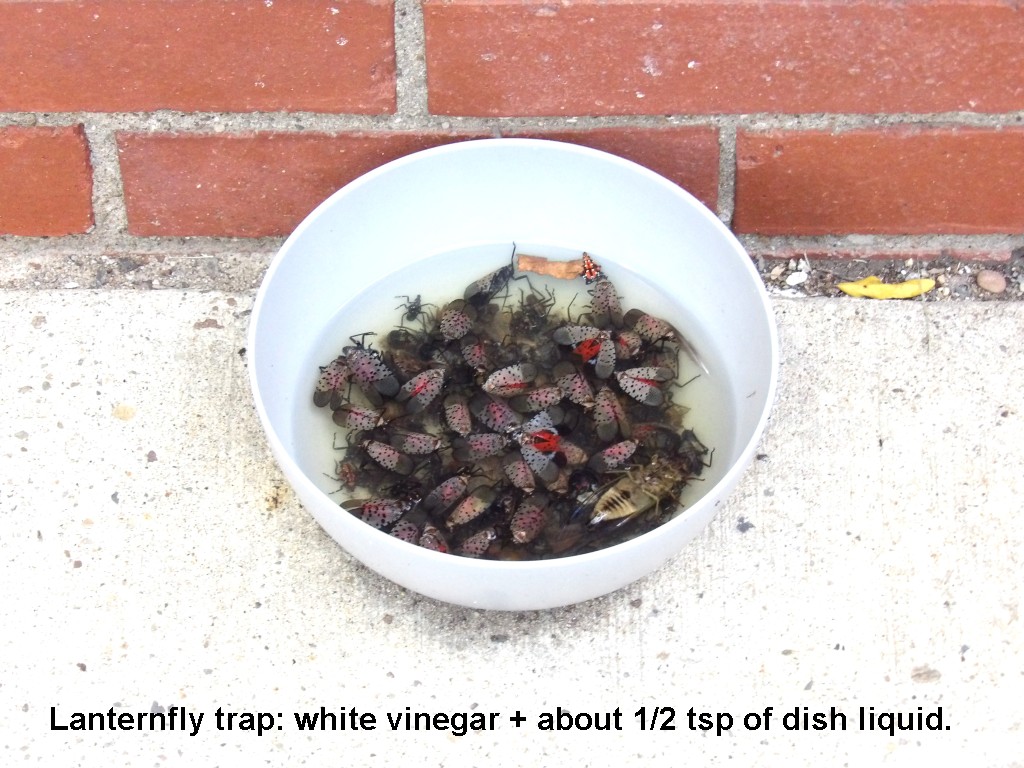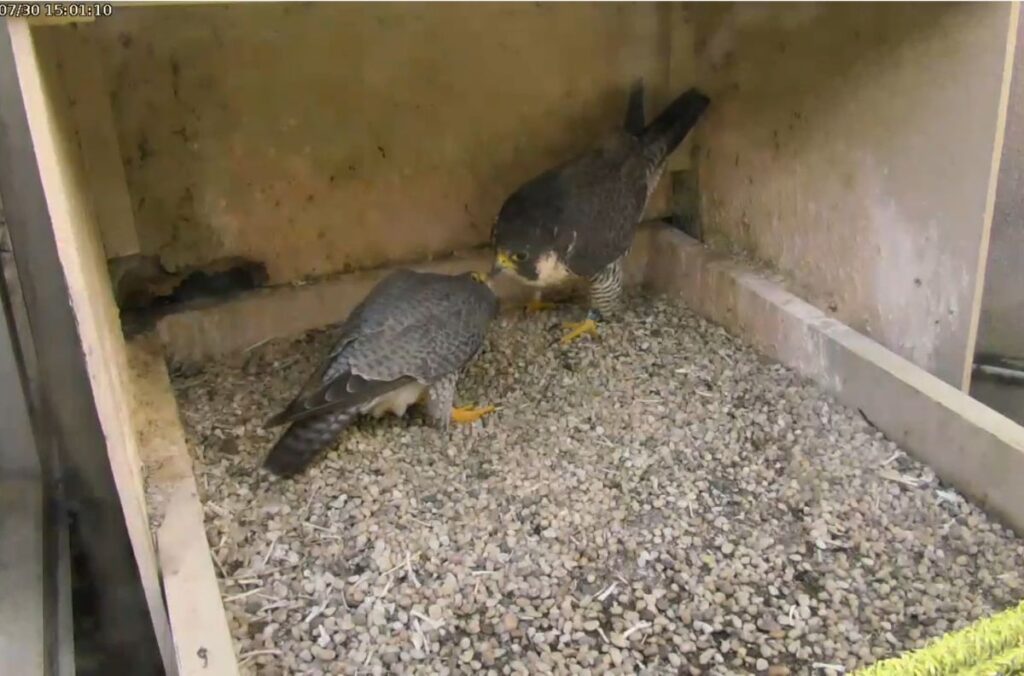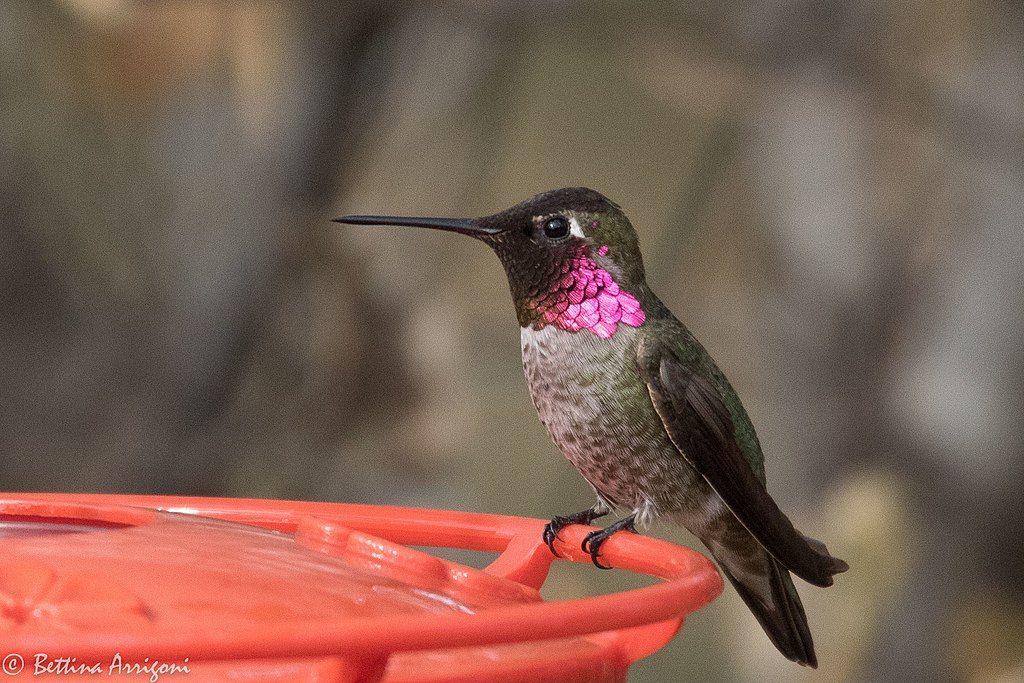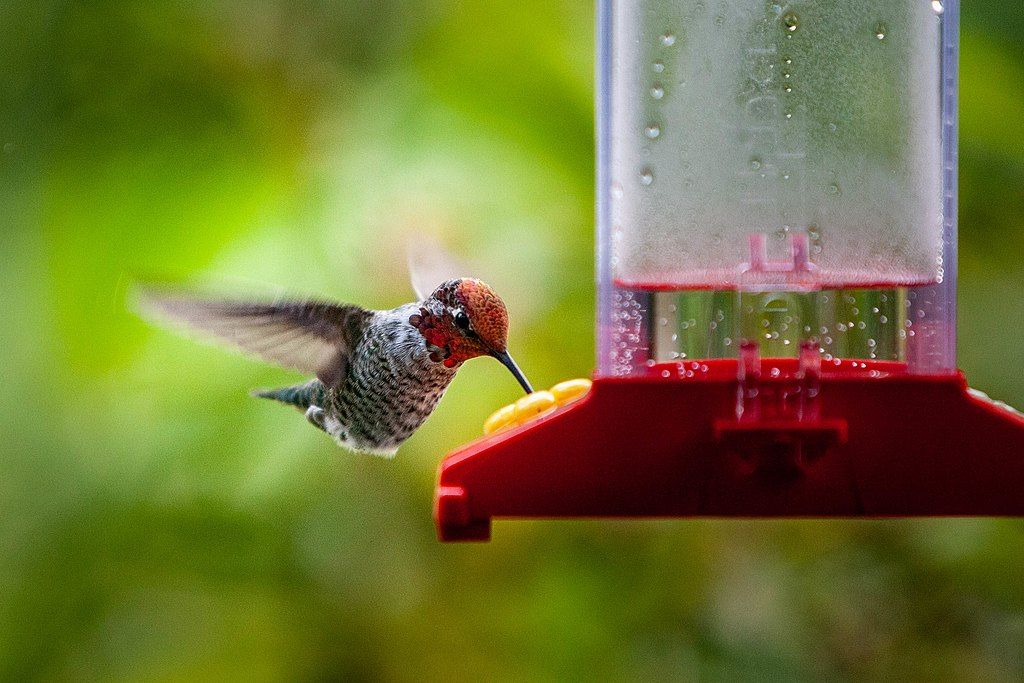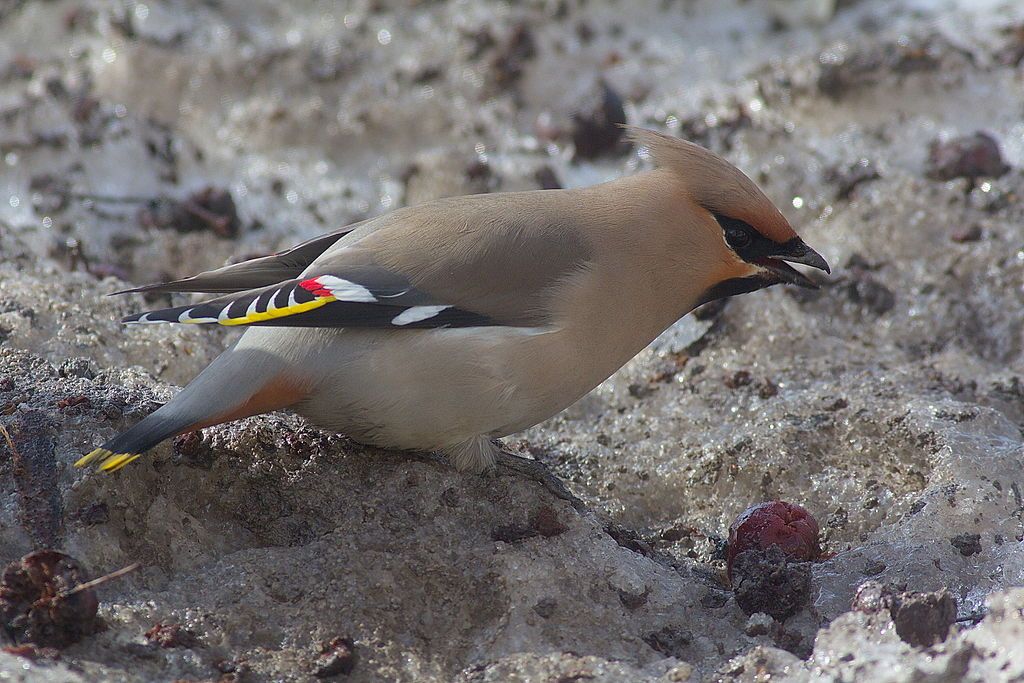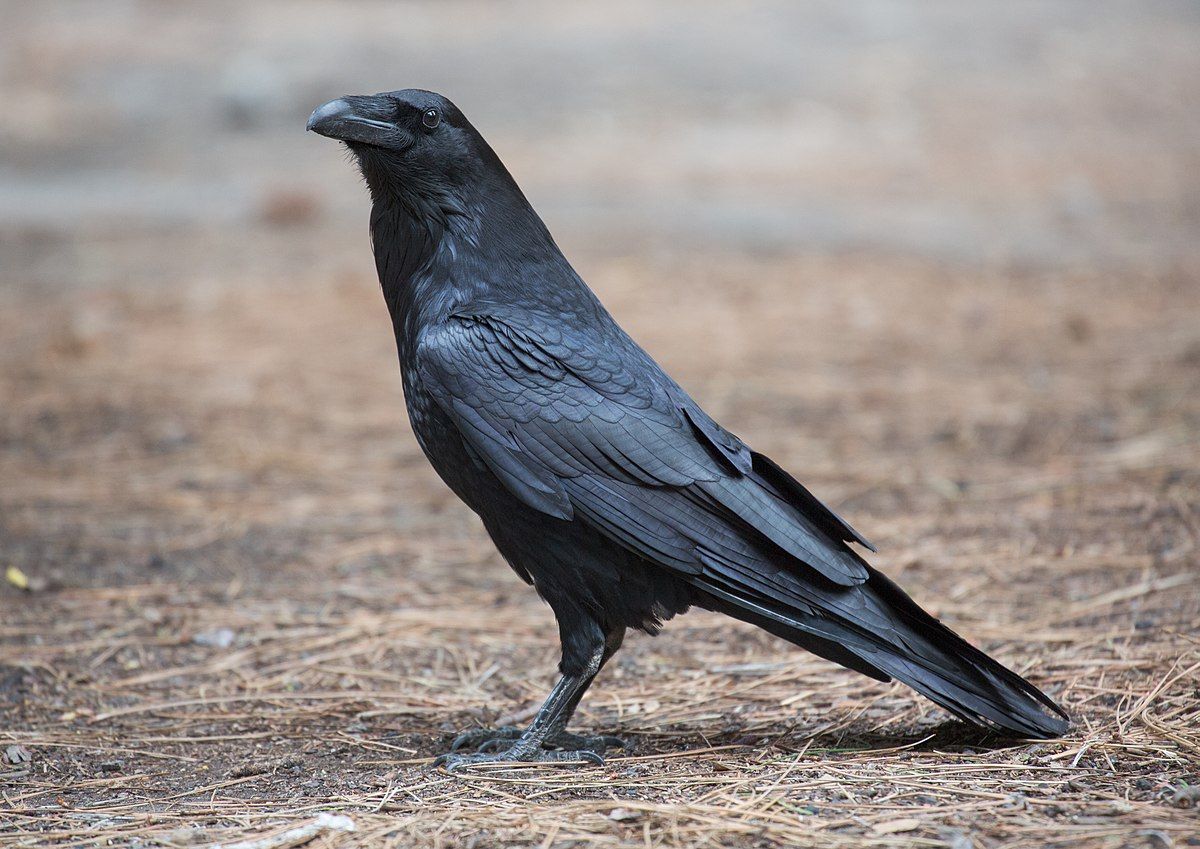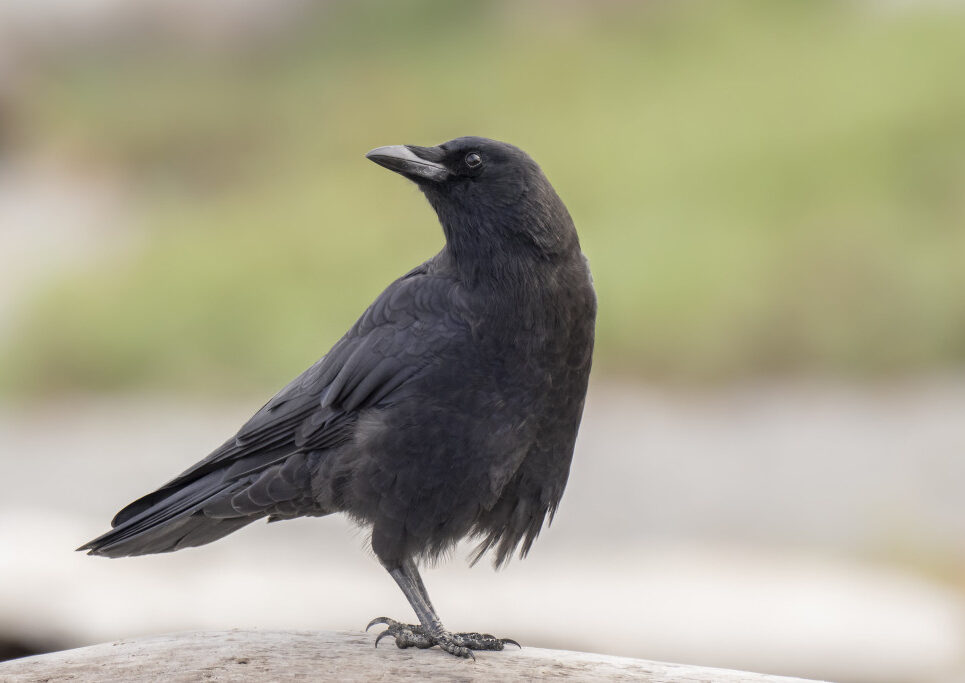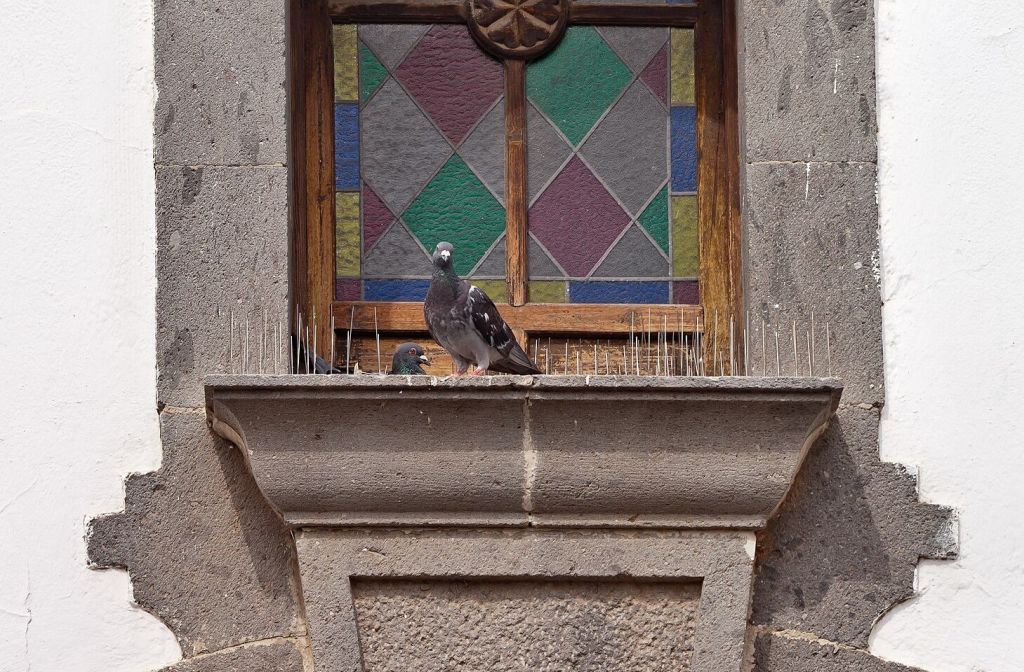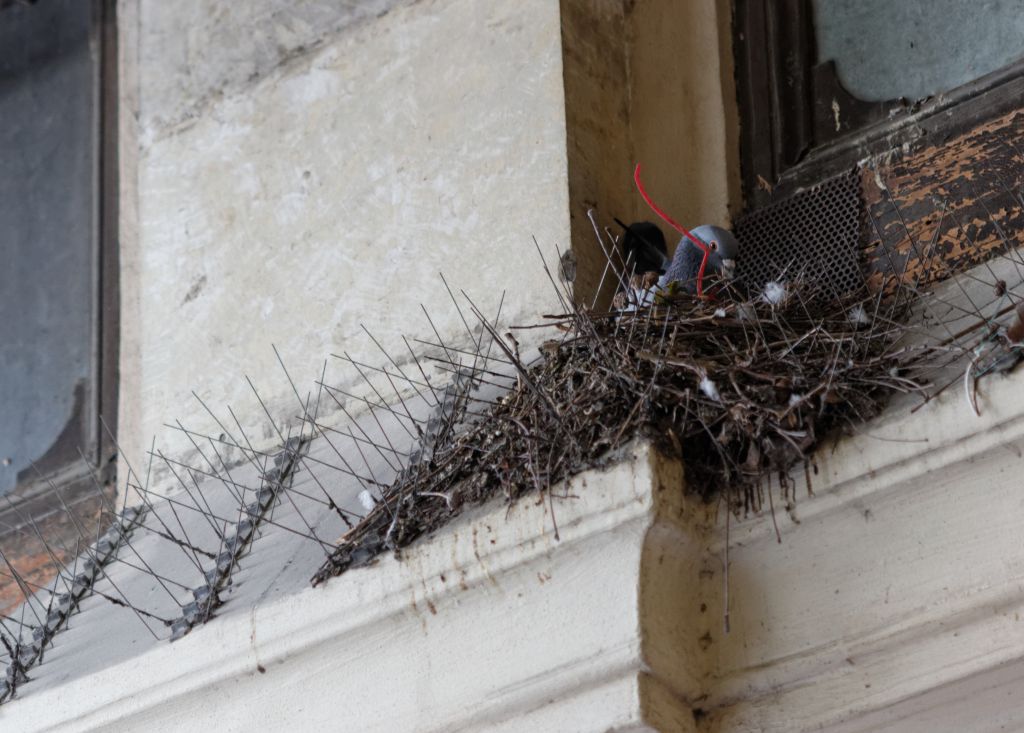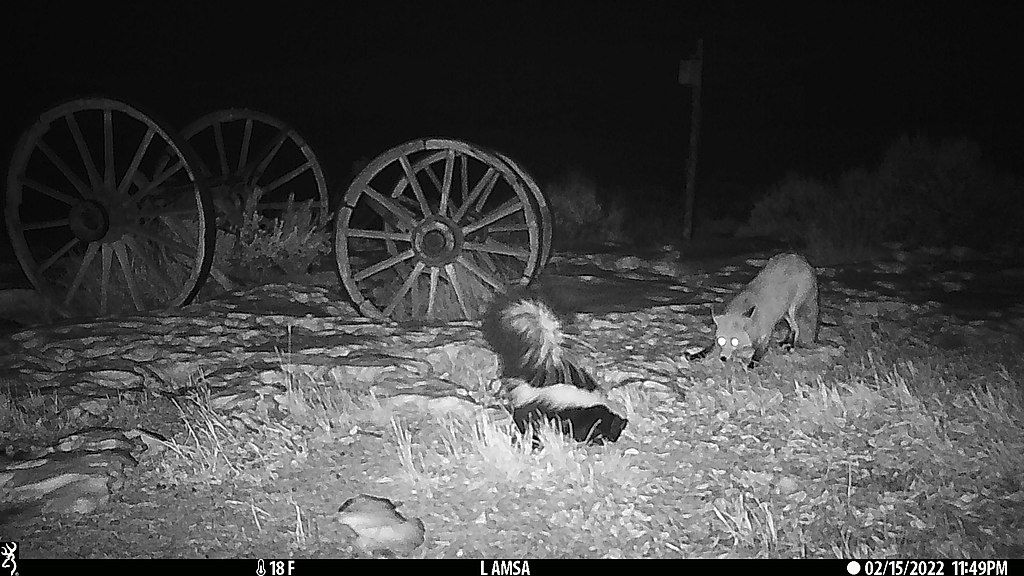3 September 2023
Except for a few rare sightings in Florida, flamingos seen in the U.S. are not from the wild, they’re escapees from a zoo. Then suddenly last week, after Hurricane Idalia, flamingos have been popping up all over.
At top, 16 flamingos visited Fred Howard County Park near Tarpon Springs, FL. Below, 6 flamingos stopped by St. Mark’s National Wildlife Refuge, 30 miles south of Tallahassee.
The groups have often been a mix of pink adults and gray youngsters.
As of Saturday evening the totals were:
- 100+ in Florida
- 11 at Pea Island, North Carolina
- 2 in South Carolina
- 2 in Virginia
- 3 in Alabama
- 5 in Tennessee
- UPDATE on 4 Sep 2023: 1 in Kentucky
- and 2 in OHIO! at Caesar Creek State Park. These were seen for only a day and then gone.
- UPDATE on 7 Sept 2023: 2 flamingos in Franklin County, PA pictured below: First reported on eBird on 7 Sept but apparently present for 2 days prior as well.
American flamingos (Phoenicopterus ruber) are native to the northern shore of South America, the Caribbean islands, Cuba, and the Yucatan in Mexico. Hurricane Idalia plowed through a few of those locations.
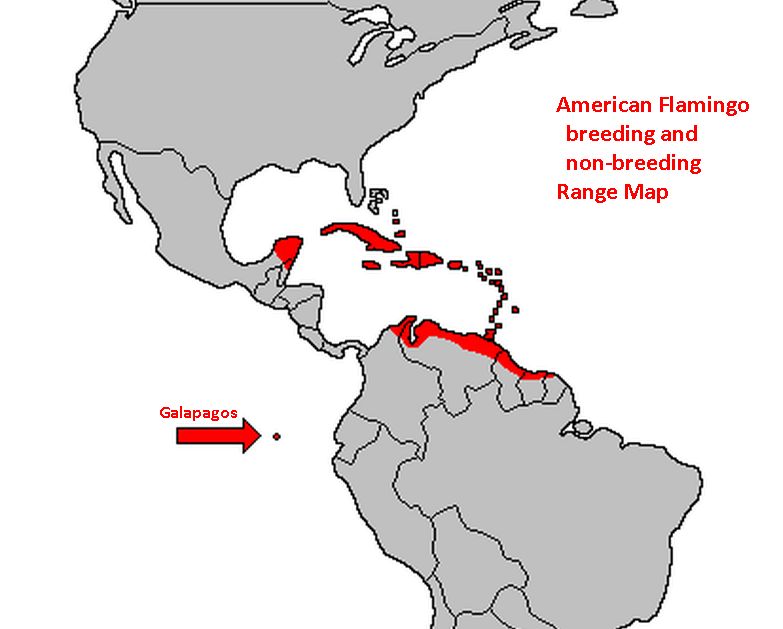
This WKRG video on 27 August shows Hurricane Idalia gaining strength as it spans the Caribbean, overlaying part of the Yucatan and all of Cuba. The flamingos would have felt it coming and flown north and northeast to get out of its way. Notice the lower speed winds (shades of green) on the edge of the weather map. The green wind track is where most of the flamingos have been found.
video from WKRG News on YouTube
Considering the storm track, the flamingos are probably from Cuba and the Yucatan including at least one banded bird.
Given all the discussion about the flamingos now appearing all over Florida (and farther north), this eBird list from Amy Grimm is especially relevant. This afternoon, Grimm documented 8 flamingos at Marathon, in the Florida Keys, and noted that “One has large yellow band on the right leg code DXCL, small silver band on left leg.” Do the bands mean it’s escaped from captivity? No. This combination — yellow PVC band on one leg with 4-letter code in black letters, ordinary band on other leg — has been used for years in the ongoing project to band American Flamingos in the big colony at Rio Lagartos, on the north coast of Mexico’s Yucatan Peninsula.
— Kenn Kaufman at ABA Rare Bird Alert Facebook Group
Flamingo sightings will end as the birds head home. For now, enjoy them in videos.
(credits are in the captions)
